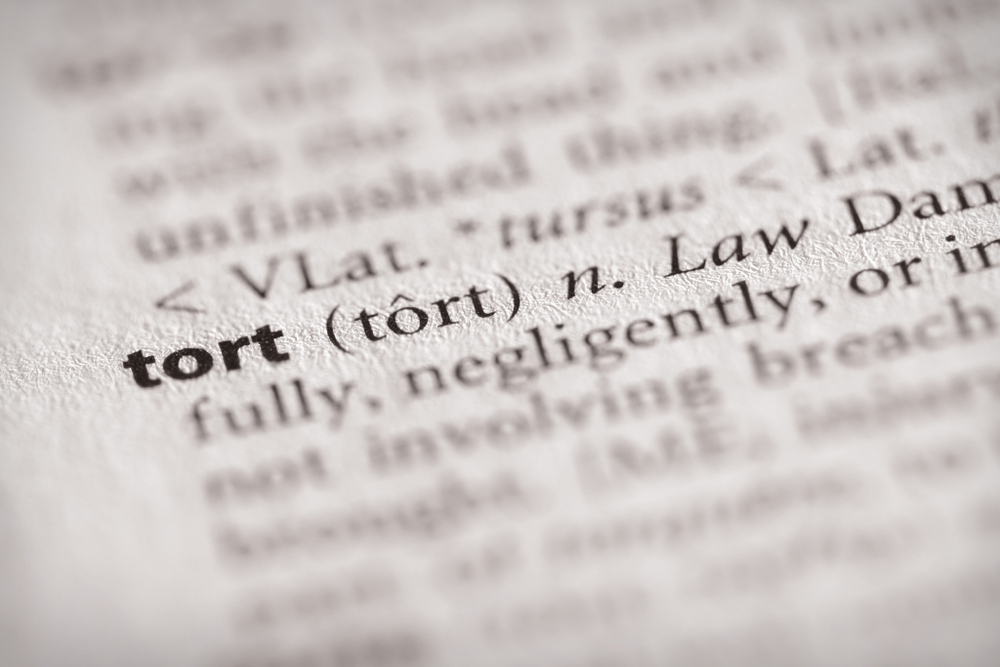Some Thoughts on Preventing and Defeating Consumer Class Actions

Consumer class actions can result when multiple plaintiffs have the same claims that are supported by common facts, and the Court determines that the multiple claims can easily and fairly be managed in one litigation. Plaintiffs’ lawyers strive to find viable class actions, because they can leverage the aggregated claims into a larger risk for the defendant, seek high counsel fee awards, and try to force an early settlement. All this, of course, is to the detriment of the defendant company. Some of the consumer protection statutes targeted by plaintiffs in New Jersey for class action treatment include the Consumer Fraud Act (“CFA”), the Truth in Consumer Contract, Warranty, and Notice Act (“TCCWNA”), and the Telephone Consumer Protection Act of 1991 (“TCPA”) (more commonly known as the “Junk Fax” law, although it also covers certain other forms of communication).
Guided by a general rule that a Court won’t allow a class action to proceed unless it is confident that the multiple plaintiffs have the same claims supported by common facts, and other considerations, companies can benefit from some related thoughts on preventing such claims and preparing to defeat consumer class actions. For instance, the TCCWNA requires that a consumer be “aggrieved” in order to collect damages in a civil suit. As discussed in more detail on this blog, the New Jersey Supreme Court recently denied class action treatment to a claim by a restaurant patron that the menu failed to include prices. Because the plaintiff could not demonstrate with common proofs that all proposed class members actually received a menu, the plaintiff could not demonstrate that all class members were aggrieved consumers to allow their individual TCCWNA claims to proceed together as a class action. Although the plaintiff contended that there was a common, purportedly offending document (something coveted by lawyers who bring these claims), the common document may not have been viewed by all class members.
The planning and defense lesson here is to avoid commonality and look for even subtle differences in the way that each potential class member was treated or affected, how and if they all suffered damage, how they each interacted with the defendants or the potentially offending document, and whether they all received the same relevant communications. Of course, these differences should have some material connection to the elements of each claim being asserted as a class action. If your company is threatened with a class action (and even beforehand), it pays to take a detailed look at factors that might distinguish the facts supporting the claims (or potential claims) of different potential class members. Those distinctions might save your company from the leverage of a class action that can convert a manageable individual claim into a potentially critical situation.
To learn more about this post or any other litigation matter, feel free to contact me, Steven A. Karg, at sakarg@nmmlaw.com.




